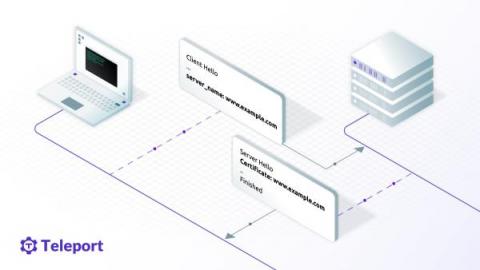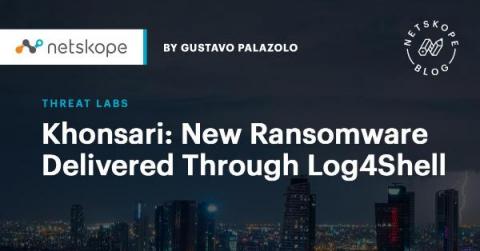What Financial Services Companies Need to Know About Infrastructure Access
Ding. That is the sound of the elevator opening on the ground floor of the One WTC building in New York. We’re both there for a meeting. You, as Director of Systems Engineering for a Financial Services provider, are presenting your plans to shore up the hybrid infrastructure used to run the bank’s new crypto-based services. I’m meeting with clients who are trying to rebuild their reputation, and SOC2 certification, after a data breach.










